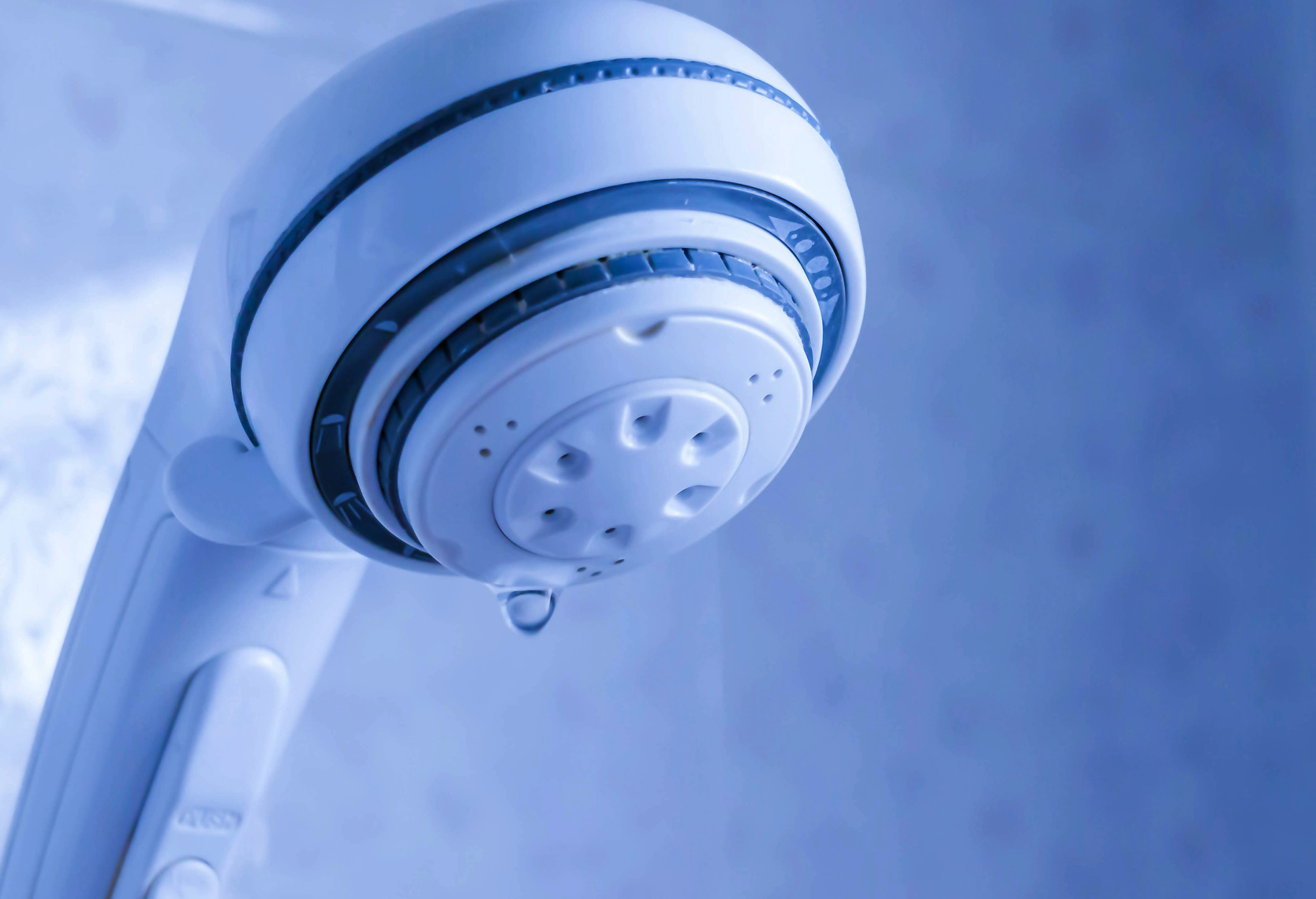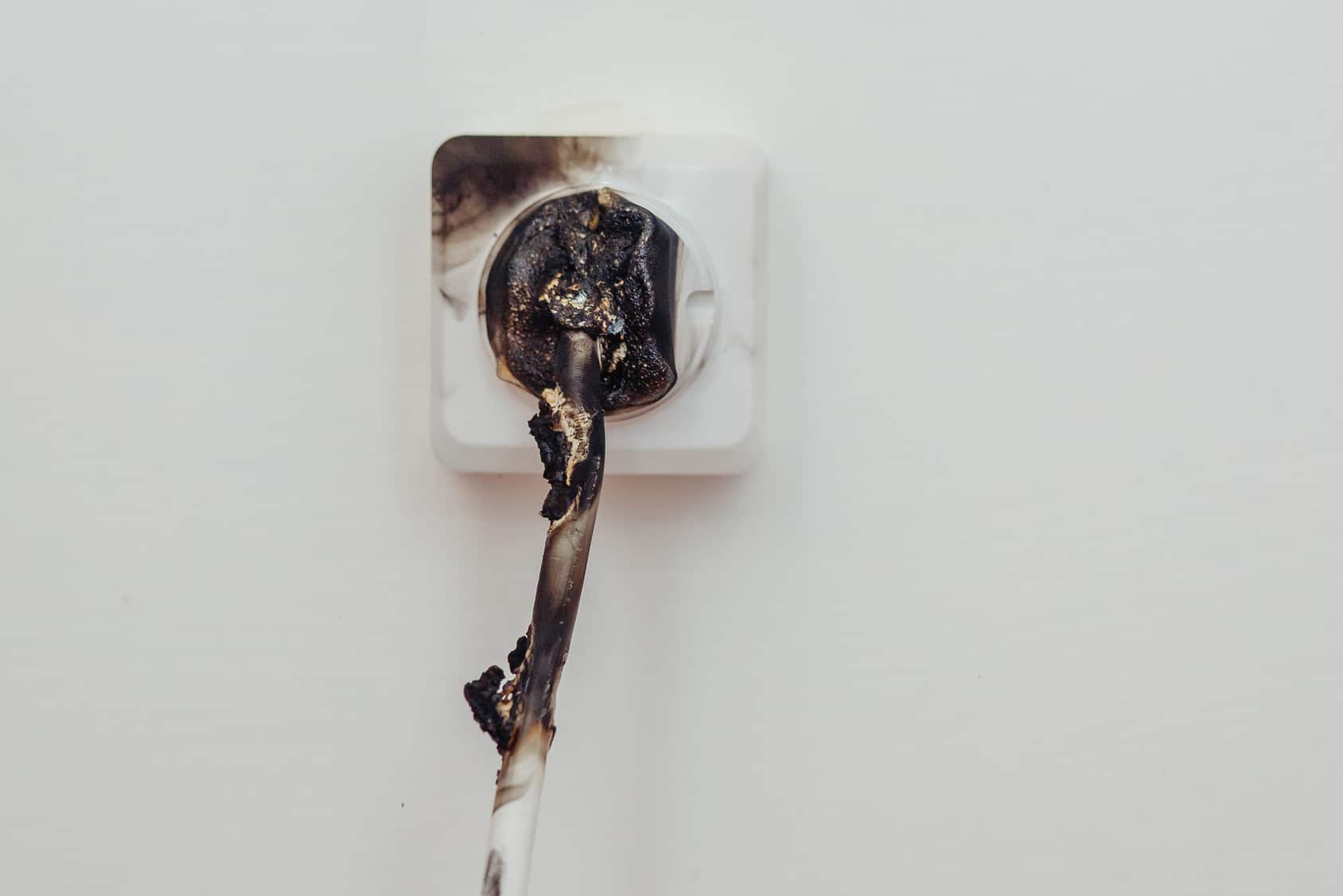How to Address Ceiling Water Damage from the Bathroom
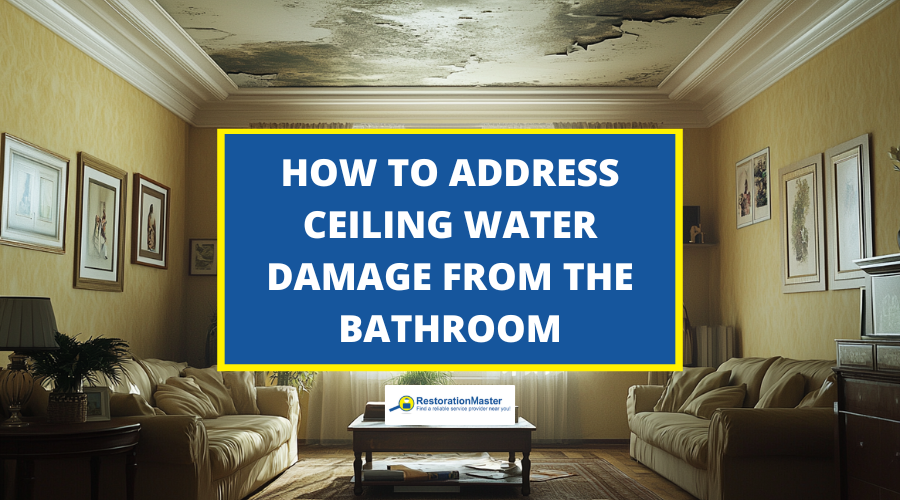
Ceilings beneath bathrooms can suffer water damage in various ways, most commonly due to leaks from plumbing fixtures such as sinks, toilets, or bathtubs. These leaks often result from improperly installed or aging seals, drains, or pipes that allow water to escape and seep into the ceiling. Addressing this issue promptly is crucial, as fixing water damage can be costly. Not only is taking proactive measures to prevent leaks a smart choice, but it is also essential for preserving the integrity of your property.
What Are the Signs of a Water-Damaged Ceiling?
Water damage in ceilings can leadLead is a heavy metal that can be toxic to humans, especiall... More to significant issues if not addressed properly. Recognizing the signs early can help homeowners take action before the damage worsens. Here are some common indicators of a water-damaged ceiling:
- Discoloration
- Peeling Paint
- WarpingWarping is the bending, twisting, or distortion of materials... More
- MoldMold is a type of fungus that grows in damp or humid conditi... More Growth
- Cracks in the Ceiling
- Dripping or Puddles of Water
- Unusual Odors
Being vigilant about these signs is important for property owners to take timely action to mitigateTo mitigate is to reduce or limit the severity of damage, ri... More further damage and ensure the safety of their living spaces.
How to Fix a Water-Damaged Ceiling
A water-damaged ceiling can be a frustrating and concerning issue for property owners, signaling potential problems that could escalate if not addressed properly. Whether caused by leaks from plumbing, roof damage, or condensation, the effects of water damage can leadLead is a heavy metal that can be toxic to humans, especiall... More to structural issues, moldMold is a type of fungus that grows in damp or humid conditi... More growth, and costly repairs. Taking quick action to fix a water-damaged ceiling is crucial to ensure a safe environment while restoring the ceiling’s appearance.
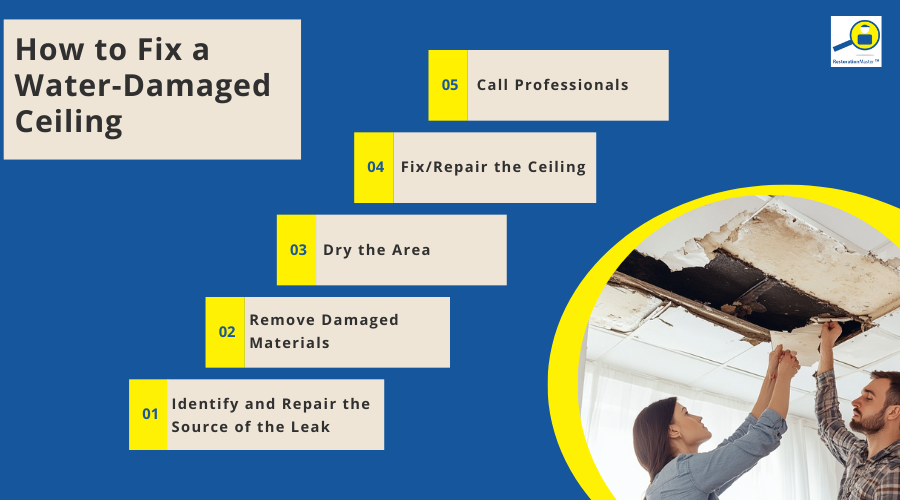
1. Identify and Repair the Source of the Leak
Be aware that water travels quickly and far in a home when there is a leak so you will need to figure out if it is coming from the roof, a leaking drain, or a loose supply line and try to stop it. When dealing with a bathroom ceiling leak, inspect plumbing fixtures, roofs, and vents to locate the leak. This includes the water supply to the sink, the wax ring beneath the toilet, the seals, and the supply line to the toilet. When you have identified the leak, shut off the water and remove any moisture from the floor.
After the water is turned off, make any necessary repairs to prevent further water intrusion.
2. Remove Damaged Materials
When the leak is repaired, the next step is to remove any damaged materials from the ceiling. Using a utility knife, carefully cut away sagging, stained, or moldy sections of drywall. Wearing protective gear is important to avoid exposure to moldMold is a type of fungus that grows in damp or humid conditi... More sporesSpores are microscopic reproductive units of fungi or mold t... More and dust. If there is extensive damage, consider reaching out to professional restorationRestoration is the process of returning a property to its pr... More specialists.
3. Dry the Area
It is crucial to thoroughly dry any areas that are water-damaged to prevent mold growth. Use fans and dehumidifiers to improve air ventilationVentilation is the process of exchanging or circulating air ... More and speed up the dryingDrying is the process of removing moisture from materials, s... More process. This step may take several days, so it is important to be patient and ensure that all moisture is eliminated.
4. Fix the Ceiling
After the area is dry and surely free of moldMold is a type of fungus that grows in damp or humid conditi... More, you can begin replacing the damaged ceiling material. You may have to repaint the whole ceiling or just fix the area where the hole was. It is recommended to contact professionals to help with this step to prevent further damage.
5. Call Professional Water Damage Specialists
If you have a brown spot or a large stain on your ceiling, it is important to call a professional water restorationRestoration is the process of returning a property to its pr... More company to help. They can evaluate the damage, figure out where the leak is coming from, and help you fix it. If you are not yet dealing with major damage due to a leak, it is a good idea to have the professionals evaluate your floors and find any hidden leaks and any other damage, such as mold growth.
How Can I Prevent Water Damage in My Bathroom?
To maintain the structural integrity of your home, preventing water damage is essential. Without preventative measures, properties are susceptible to severe damage. Here are some ways to prevent water damage in your bathroom:
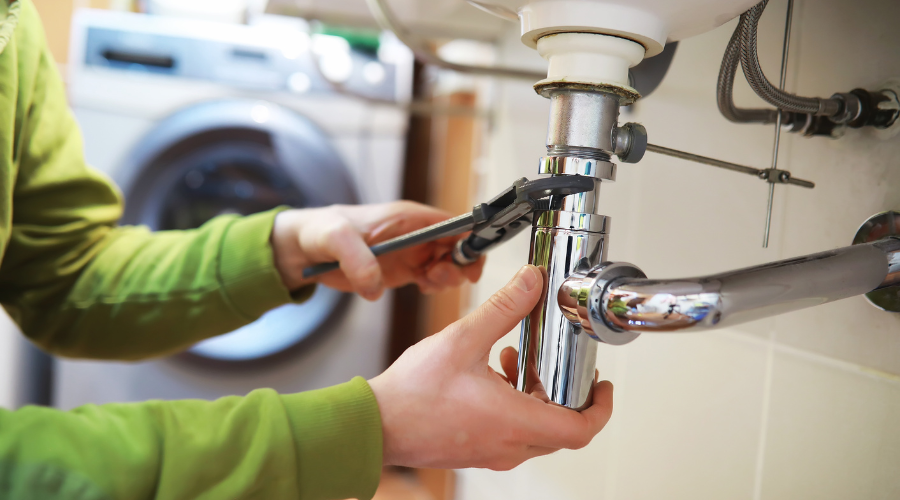
Regularly Check Your Plumbing
Pipes can rustRust is a reddish-brown oxide that forms on iron or steel du... More and leak over time so you should make sure to have the plumbing inspected if you notice musty smells or water stains, there are things you should check:
- Check valves for the toilet, shower, and sink.
- Check faucet supply lines and replace if needed.
- Replace caulking around tubs, sinks, and showers if it is old or deteriorating.
- Look out for stains on the walls, bubbling walls, musty smells, and extra moisture.
- Do routine maintenanceMaintenance is the routine care, inspection, and repair of a... More checking of piping and get it replaced as needed.
Make Sure Your Toilet is Not Overworked
Water damage in bathrooms is usually caused by overflowing toilets. Keep an eye on small kids to ensure they do not clog the toilet. These are a few tips to avoid toilet overflow:
- If you have a septic tank, you should only be using septic-safe toilet paper.
- Only toilet paper should be flushed down the toilet to avoid clogging.
- Always watch for the toilet water level. If the water level is low, that could signal that it is somewhat clogged, or the toilet bowl is cracked.
- Maintain your toilet by checking caulking and looking for cracks in the porcelain.
Do Regular Maintenance on the Shower
- Replace your tub or shower if you notice damage.
- RepairRepair is the act of fixing or restoring damaged property, m... More caulking to prevent water damage.
- Replace shower curtains if they are torn and shower doors if they have bad seals.
- Dry the floor and drain the water from the tub to prevent damage from sitting water.
- Use the exhaust fan after every shower to get rid of extra moisture.

The bathroom is one of the biggest sources of water damage in a home and it is important for homeowners to watch out for potential water damage coming from the bathroom, including on the ceiling below it. In minor cases, you may be able to address the damage yourself, but it is usually best to call a water damage restoration professional. These professionals can thoroughly dry and restore water damaged materials and search for hidden damage that may be easy for you to miss.











